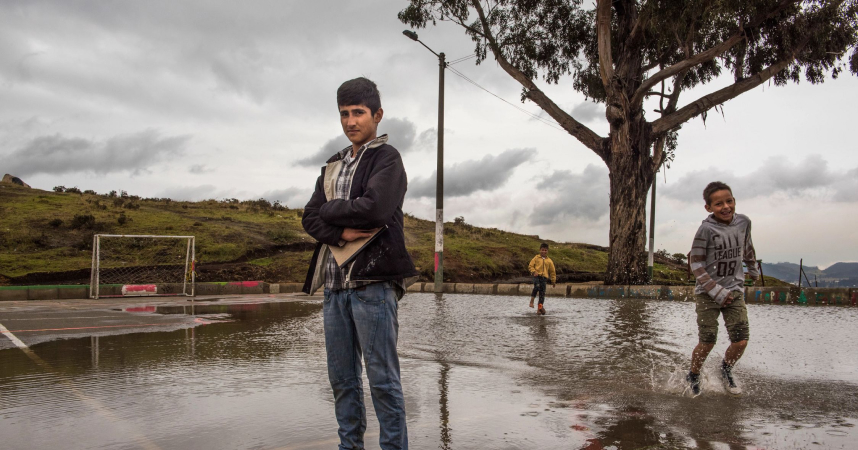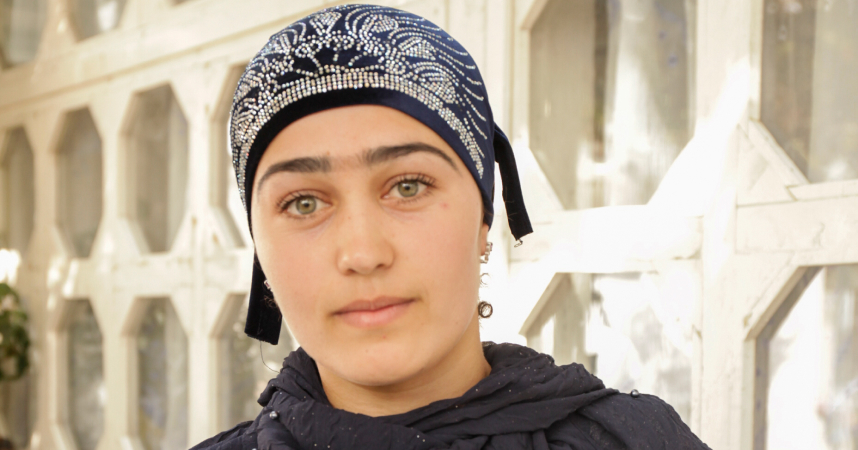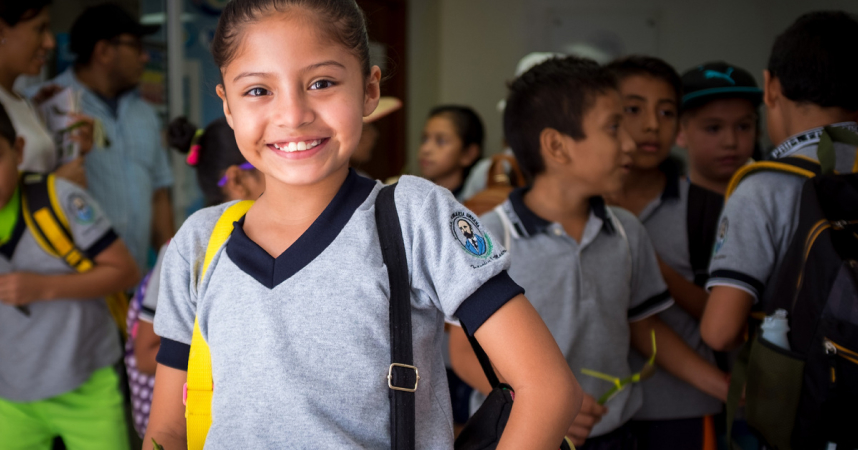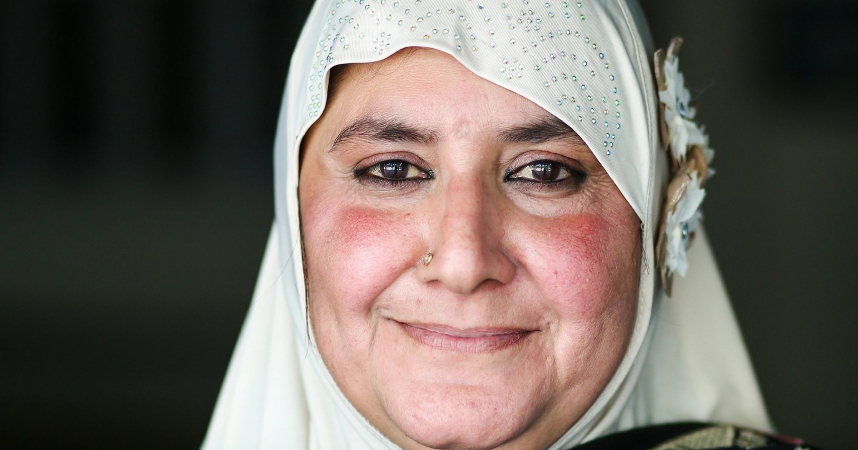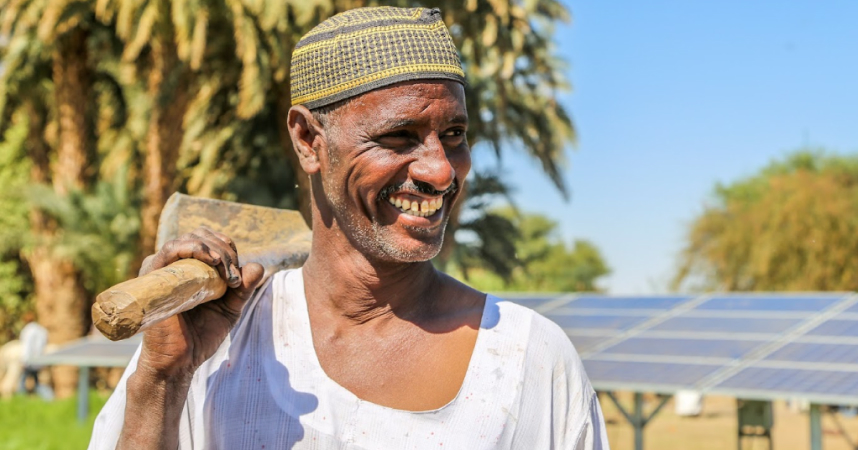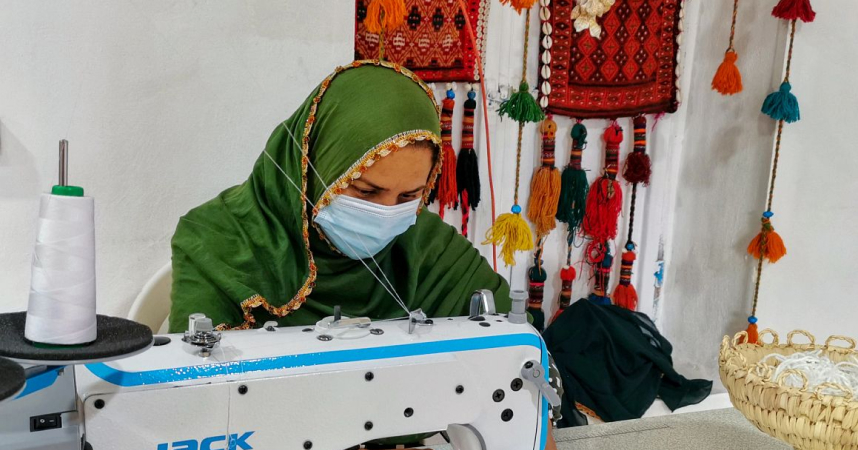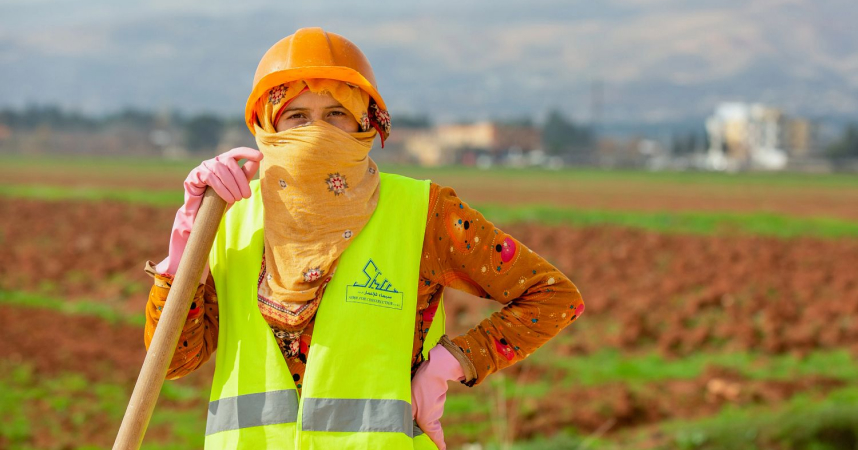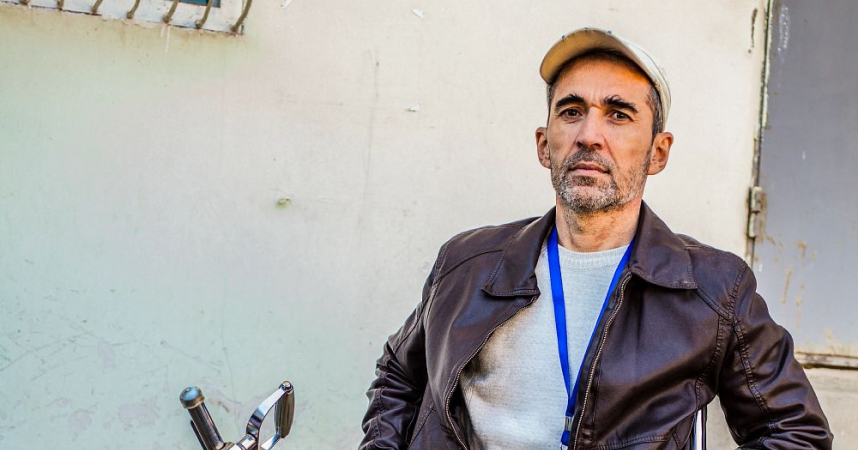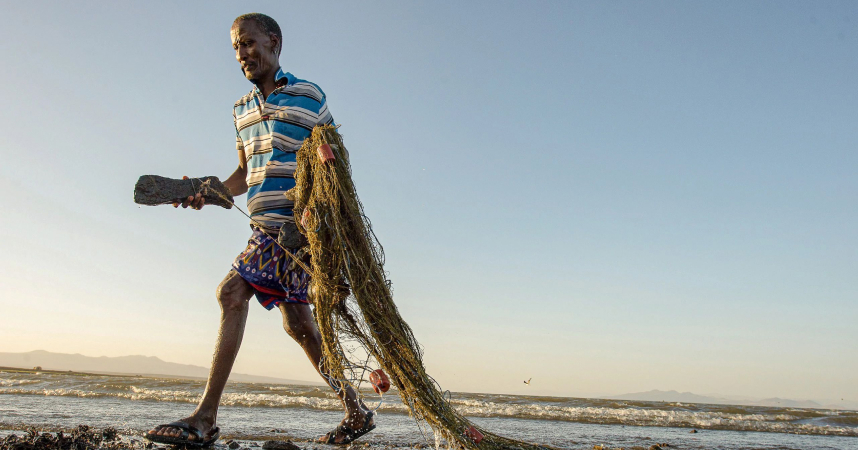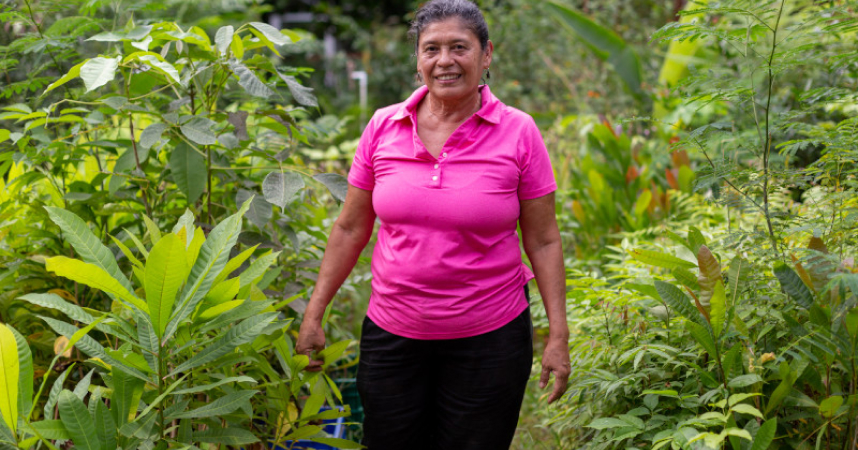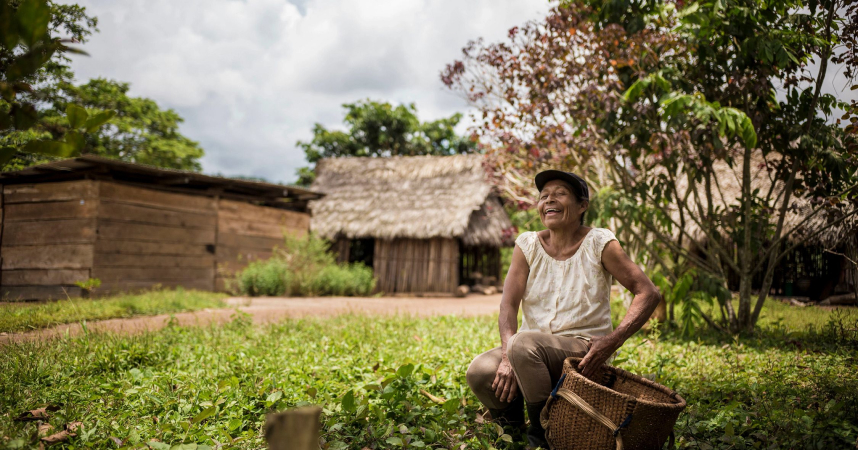Goal 15: Life on land
Protect, restore and promote sustainable use of terrestrial ecosystems
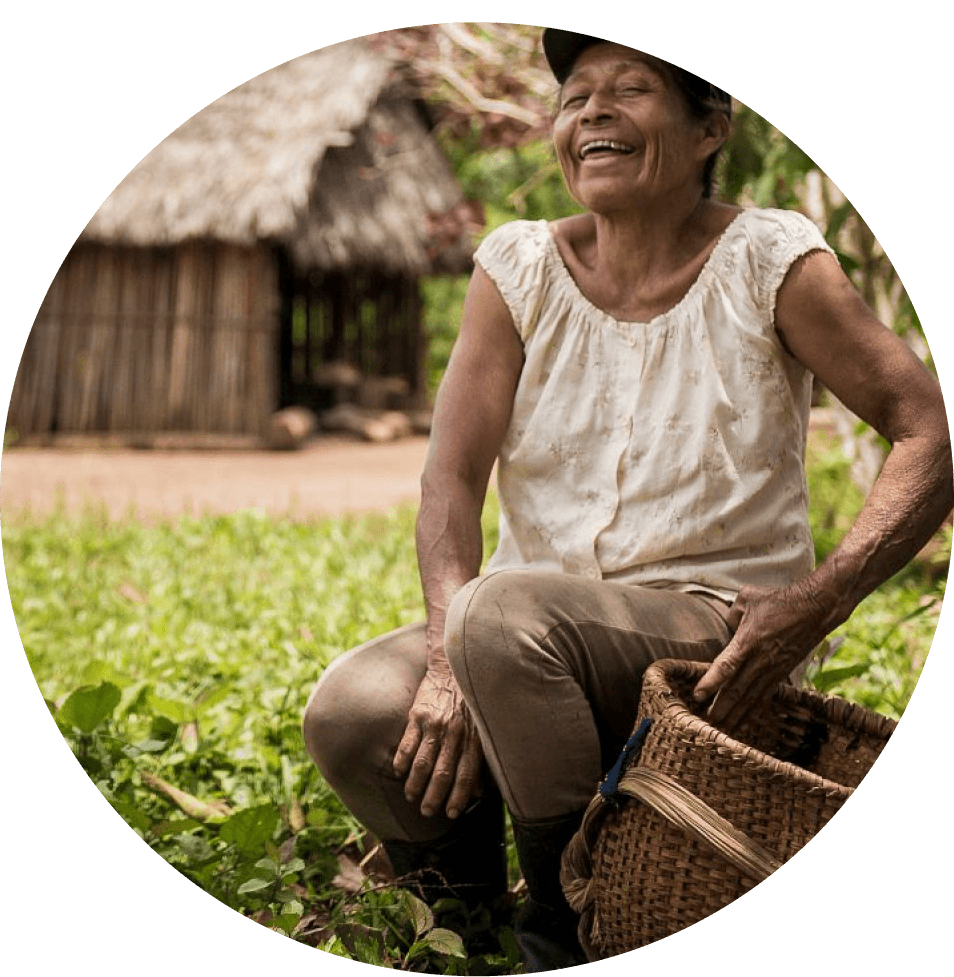
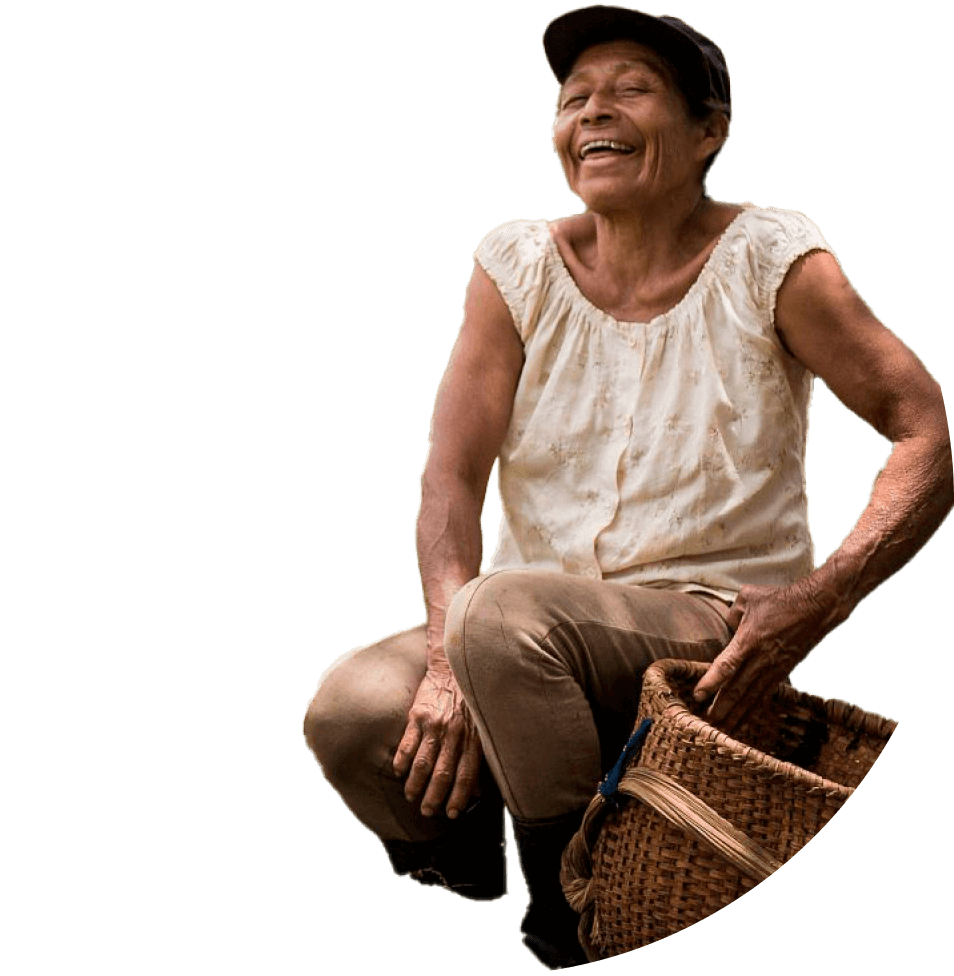




2015 and 2019
at least 100M
hectares of healthy and productive land were degraded every year, affecting food and water security globally.



The planet is grappling with the triple crises of climate change, biodiversity loss and pollution. The alarming trends of forest loss, land degradation and species extinction pose severe threats to both the environment and humanity.
Terrestrial ecosystems and their biodiversity provide essential resources like food, water, medicine and shelter, while also offering life-sustaining services like air and water purification.
But human activities have significantly impacted the health of our terrestrial ecosystems.

40K
species are at risk of extinction in the coming decades.
10M
hectares of forest are being destroyed annually (an area the size of Iceland).
>1/2
of critical biodiversity areas aren’t protected.
SDG 15 focuses on conserving life on land through actions like protecting and restoring ecosystems, sustainably managing forests, combating desertification and stopping biodiversity loss.






Achieving Goal 15 requires a profound shift in our relationship with nature, recognizing the urgent need for transformative action.
Why care about nature?
The world is facing a planetary emergency of nature loss and climate change. It is made worse by the impacts of inequality, conflict, insecurity and health crises.
But when there are so many other things to worry about, why prioritize nature and biodiversity? When putting food on the table has become harder, the economy is shaky, and energy prices are sky high – why worry about the environment?
The fact is that these crises are all interlinked. And nature is a big part of the solution.

Photo credits
-
Pangoa Cooperative
-
UNDP Peru/Mónica Suárez Galindo
-
UNDP Costa Rica/Priscilla Mora

